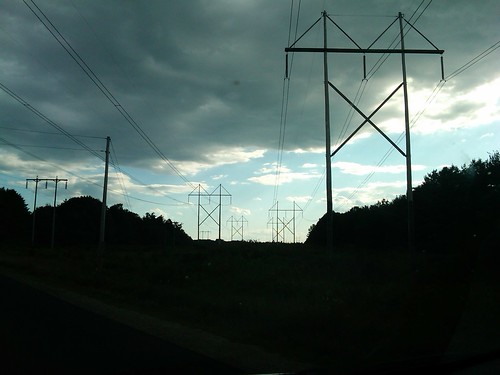What happens when the Federal Energy Regulatory Commission audits a public utility?
The Federal Energy Regulatory Commission has jurisdiction over interstate transmission of electricity, natural gas, and oil, as well as hydropower projects, liquefied natural gas (LNG) terminals and interstate natural gas pipelines. Under Section 301 of the Federal Power Act (codified at 16 U.S.C. § 825), public utilities and licensees must keep records of their business activities. By law, the FERC has the right to inspect these records on a confidential basis.
The Commission's Office of Enforcement manages many of the agency's investigations. Its Division of Audits and Accounting periodically audits public utilities and licensees to evaluate their compliance with the statutes and regulations administered by the Commission.
For example, on November 17, 2014, the Commission issued a letter to public utility Calpine Corporation noting the Division of Audits and Accounting's commencement of an audit. That letter describes the objectives of the audit as "to evaluate Calpine's compliance with: ( 1) market rules regarding uplift payments from organized markets in which Calpine participates; (2) terms and conditions of its market-based rate authorization tariffs; and (3) Electric Quarterly Report filing requirements under 18 C.F.R. § 35.10b (2014)." The audit will cover the period from January 1, 2012 through the present.
The letter to Calpine notes several provisions of the Federal Power Act that govern recordkeeping and audits.
- Section 301(b) of the Act requires Calpine to furnish, within reasonable time frames, any information the Commission may require; requires Calpine to grant agents of the Commission free access to its property, accounts, records, and memoranda; and allows Commission staff to keep copies of any accounts, records, or memoranda that pertain to the audit.
- Section 301(c) allows Commission staff to examine the books, accounts, memoranda, and records of any person who controls, directly or indirectly, Calpine, and of any other company controlled by such person, insofar as they relate to transactions with or the business of Calpine.
The audit letter also points to additional recordkeeping and retention requirements found in sections 301, 304, and 311 of the Federal Power Act, 16 U.S.C. §§ 825, 825c, and 825j (2012), and 18 C.F.R. part 125 (2014). For example, it states that Calpine must preserve and retain, and shall not discard or destroy, any and all existing and future records or communications, including but not limited to electronic documents, emails, instant messages, text messages, and voice recordings, relating to this audit.
What this means for Calpine -- beyond the obvious audit -- is unclear. The letter notes that Commission staff will contact Calpine soon to explain the audit process and answer any questions. While many audits find no problems, some audits do lead to further enforcement action, penalties, or refunds. In the Commission's 2013 Report on Enforcement, it noted that in 2013, staff from the Division of Audits and Accounting conducted 29 financial, compliance, and performance audits of public utilities, natural gas pipelines, and gas storage companies. These audits resulted in 360 recommendations for corrective action and directed refunds totaling over $15.4 million.
Other public audits recently initiated by the Commission include audits of MidAmerican Energy Holding Company, Dynegy, Inc., and Bangor Hydro Electric Company.



